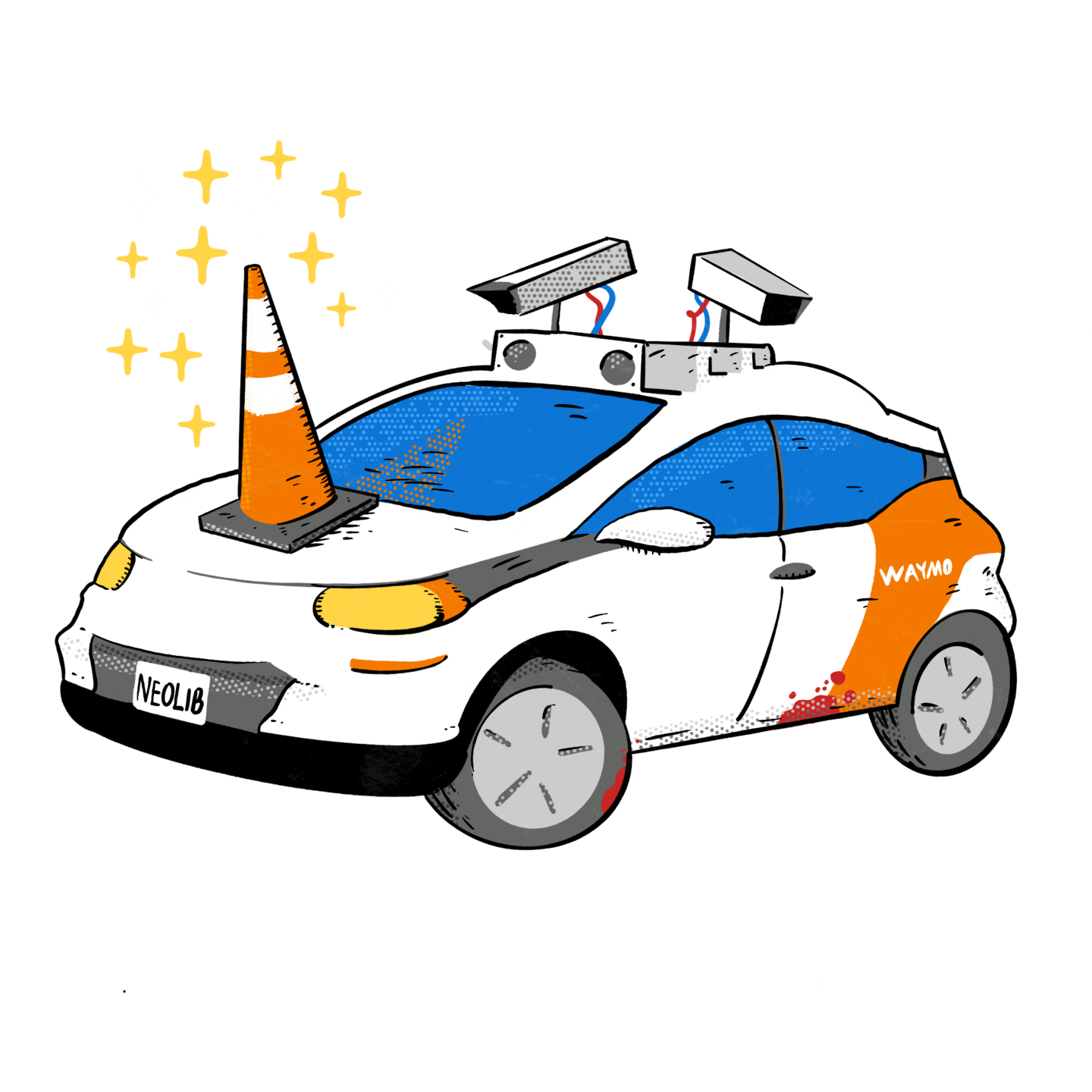
Forbes – Cruise Robotaxi Dragged Woman 20 Feet In Recent Accident, Local Politician Says
See full original article in Forbes by Cyrus Farivar, senior writer covering everything from scams to surveillance.
Note: Robotaxi Insider, a frequent contributor to the site, provided the source material to the reporter to break this important story. It was this story that triggered the downfall of Cruise.
A San Francisco politician is now accusing autonomous vehicle company Cruise of “telling a half truth” with regard to its responsibility in the wake of a recent incident where a woman was struck by a human-driven car and then was immediately also hit by one of its robotaxis.
The company previously said in a statement sent to Forbes and other media that the woman was first hit Monday evening around 9:30 p.m. by a human-driven car while crossing a busy downtown street. Then, after being knocked into another lane of traffic, she was then struck by a Cruise autonomous vehicle (AV), which, according to the company, “braked aggressively to minimize the impact.”
However, in an interview with Forbes, San Francisco Supervisor Aaron Peskin now says that while the robotaxi may have attempted to avoid hitting her, the AV “dragged her underneath the car for approximately 20 feet, which was the source of her major injuries.”
The woman, whose identity remains unknown, remains in critical condition, according to Zuckerberg San Francisco General Hospital.
When Forbes asked Cruise to specifically respond to Peskin’s allegation that the AV “dragged” the woman, causing her to be injured further, the company said that it had nothing further to add.
“We have shared all pertinent information with regulators and investigators and are focused on assisting the police with identifying the person responsible, who left the scene,” Hannah Lindow, a Cruise spokesperson, said in an email. “Our thoughts continue to be with the individual who was injured, hoping they make a rapid and full recovery.”
Neither the San Francisco Police Department, which is leading an ongoing investigation into the incident, nor the San Francisco Fire Department, which also responded to the scene, provided comment on Peskin’s account.
“We cannot confirm or deny what the Supervisor said,” Sgt. Kathryn Winters, an SFPD spokesperson, emailed Forbes. “This is an open and active investigation, and investigators are reviewing all available evidence to determine the facts of the incident.”
The SFPD declined to provide an estimate as to when its investigation would be complete.
SFFD Capt. Justin Schorr, a spokesperson, told Forbes that he happened to be blocks away when he received the call, and was the first firefighter to lay eyes on the victim. He described her injuries as “life-threatening,” and “consistent with being struck or run over and being trapped under a vehicle.”
Since the California Public Utilities Commission’s August decision to allow Cruise and its primary rival, Waymo, to offer paid services 24 hours a day in San Francisco, Cruise cars in particular have been involved in a number of incidents. These include: seemingly not yielding to a fire truck en route to an emergency, getting stuck in wet concrete, causing a traffic jam at a local music festival and, according to the SFFD, even briefly preventing an ambulance from leaving the scene of a different crash where the victim ultimately died after being brought to a hospital. (To be clear, the SFFD said in a statement that the agency did not “[attribute] this pedestrian death to Cruise AVs.”)
That’s not to mention dozens of smaller disruptive episodes that the SFFD has documented, which include blocking fire stations, running over hoses and not yielding to sirens and blaring horns.
“All a car has to do is stop somewhere and we’re screwed,” SFFD Chief Jeanine Nicholson told Forbes previously. “Seconds matter, when it comes to an emergency. A fire can double in size in a minute, or in a medical call, an extra minute literally means more of your heart will die.”
Cruise, which is a subsidiary of General Motors, has ambitious plans to make its billions of dollars of investment turn into a profitable business model. According to research from McKinsey published earlier this year, there is potential to generate hundreds of billions in revenue across the entire AV industry before 2030.
For now, Cruise only operates in San Francisco, Austin, and Phoenix, but is currently testing in at least 10 other U.S. cities, including San Diego and Nashville.
“San Francisco for us is just the beginning,” Davide Bacchet, then the company’s distinguished engineer in robotics, said in a November 2021 marketing video. “And we are prepared to expand to other cities and other countries. The size of our fleet is going to grow exponentially.”
However, for Sup. Peskin, this level of confidence gives him pause. He wants Cruise and similar AV companies to be held to the “highest safety standards.”
“San Francisco is in the unique position of being the guinea pig and the first testing ground for the deployment of AVs and soon they will be everywhere,” he said. “This won’t be just San Francisco’s issue. This is really yet another example of what state and federal regulators and policymakers need to address before these things are deployed in cities everywhere.”
